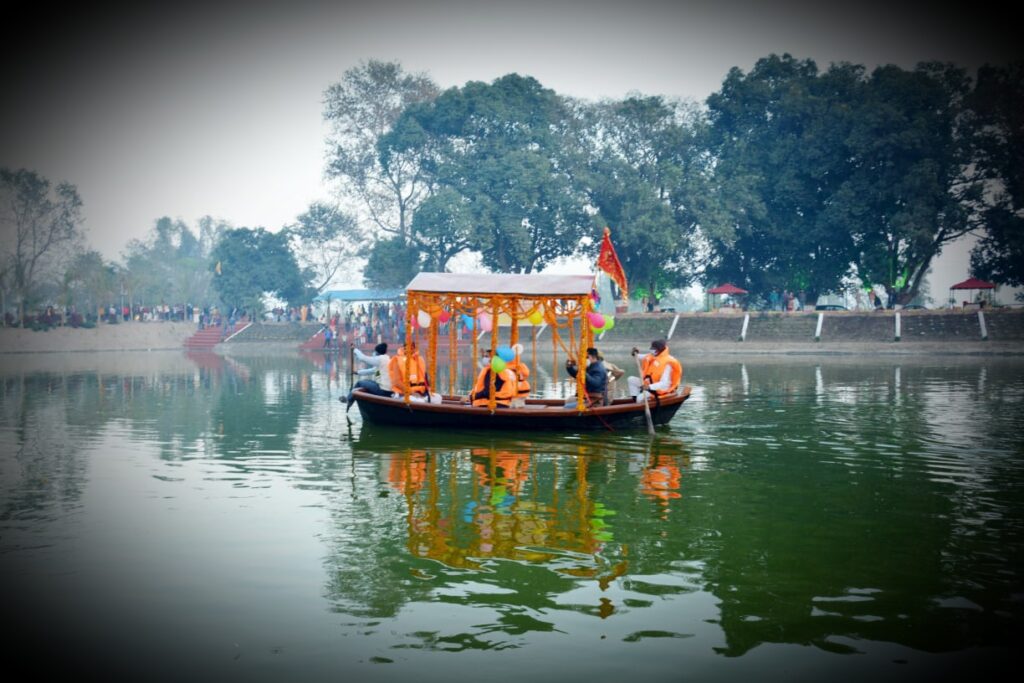

The significance of “Dhopap,” which is found on the banks of the Gomti River, in the whole of the Awadh area may be articulated as follows:
Apart from its religious and mythological importance, the Gomti River and its surrounding areas hold ecological significance as well. One notable feature in the region is the Pilibhit Tiger Reserve, located in the Pilibhit district of Uttar Pradesh. The reserve is home to the majestic and endangered Royal Bengal Tigers, including the renowned Pilibhit Tiger.
The Pilibhit Tiger Reserve, situated along the banks of the Gomti River, spans over an extensive area and provides a vital habitat for various wildlife species. It is recognized as one of the most significant tiger reserves in India, contributing to the conservation efforts for these magnificent creatures. The reserve’s diverse ecosystem encompasses dense forests, grasslands, and wetlands, creating an ideal environment for supporting a wide range of flora and fauna.
The presence of the Pilibhit Tiger Reserve also promotes tourism and eco-tourism in the region, attracting nature enthusiasts and wildlife lovers from around the world. Visitors can embark on safaris and nature trails to witness the awe-inspiring beauty of the reserve and, if fortunate, catch a glimpse of the majestic Pilibhit Tiger in its natural habitat.
Furthermore, the Gomti River serves as a lifeline for the region, providing water for irrigation and sustaining the agricultural activities of the local communities. Its waters support a thriving ecosystem, benefiting not only humans but also a variety of aquatic species.
In summary, while the Gomti River holds immense religious and cultural significance, it also plays a vital role in the conservation of wildlife, particularly through the presence of the Pilibhit Tiger Reserve. The combination of its spiritual aura, ecological importance, and the majestic presence of the Pilibhit Tiger make the region a unique and captivating destination for both nature enthusiasts and those seeking a connection with the divine.
The Fulhar Lake, also known as “Pangaili Fulhar Tal” or “Gomat Tal,” located in the southwest of Madhotanda town in the Pilibhit district, serves as the origin of the Gomti River. From this small pool, the river gradually gains momentum as it flows approximately 20 kilometers.
As it continues its course, the Gomti River encounters a tributary called the Gahai, around 100 kilometers from its origin. It then passes through the Mohammadi Kheri tehsil in the Lakhimpur Kheri district, where it merges with tributaries such as the Sukheta, Chhoha, Kathina, and Andhra Chhoha, transforming into a full-fledged river.
One notable site along the Gomti River is the Markandeya Mahadev Temple, situated at the confluence of the Gomti and Ganges rivers. This revered temple attracts devotees and pilgrims from various places. Additionally, the Gomti River serves as a lifeline for several cities within its catchment region, including Lucknow, Lakhimpur Kheri, Sultanpur, and Jaunpur.
Lucknow, Lakhimpur Kheri, Sultanpur, and Jaunpur are among the fifteen prominent cities located within the Gomti’s catchment area. These cities thrive along the banks of the river, with Jaunpur witnessing a wider stretch of the river, creating roughly equal sections of the city and the Sultanpur district on either side.
In the Pilibhit district, the Gomti River plays a crucial role in supporting the ecosystem of the renowned Pilibhit Tiger Reserve. The reserve, known for its population of Royal Bengal Tigers, contributes to the conservation efforts and attracts tourists interested in wildlife and nature.
Furthermore, the Gomti River holds religious and cultural significance, as it is mentioned in various mythological scriptures. Taking a dip in the Gomti River on specific auspicious occasions in different locations is believed to have spiritual benefits, such as in Kashi during an eclipse, in Prayag on Makar Sankranti, in Ayodhya on Chaitra Navami, and in “Dhopap” on Jyestha Shukla Paksha Dussehra.
In conclusion, the Gomti River, originating from Fulhar Lake in the Pilibhit district, has both natural and cultural significance. It nourishes the ecosystem of the Pilibhit Tiger Reserve, flows through several important cities, and is revered as a sacred river in Hindu mythology, making it a vital element of the region’s identity and heritage.
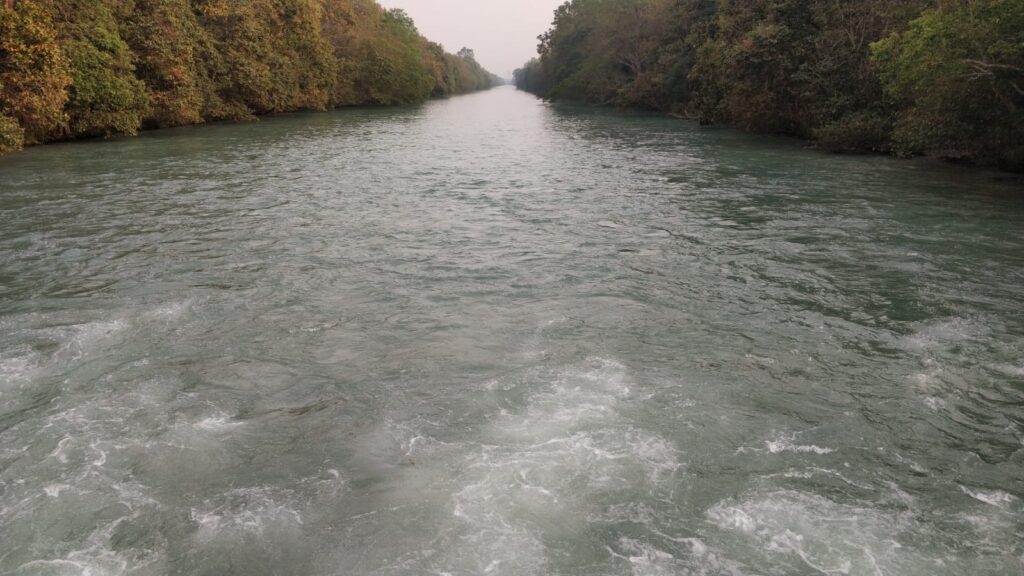
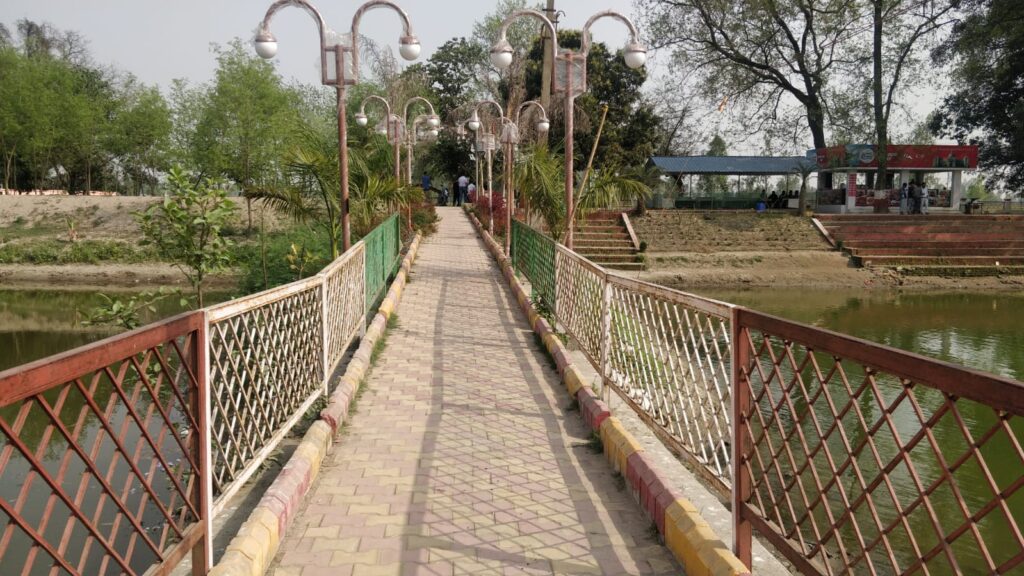

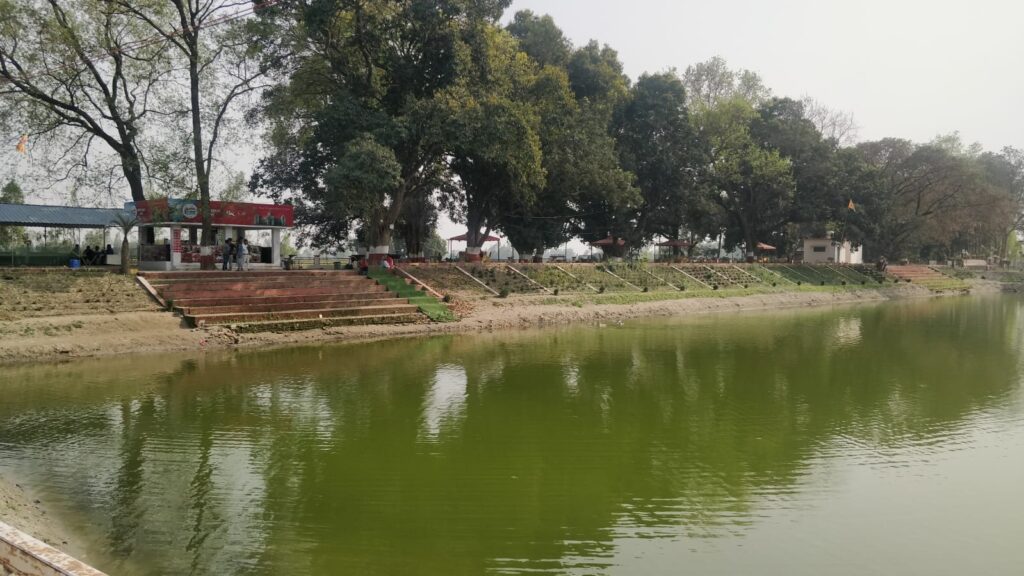
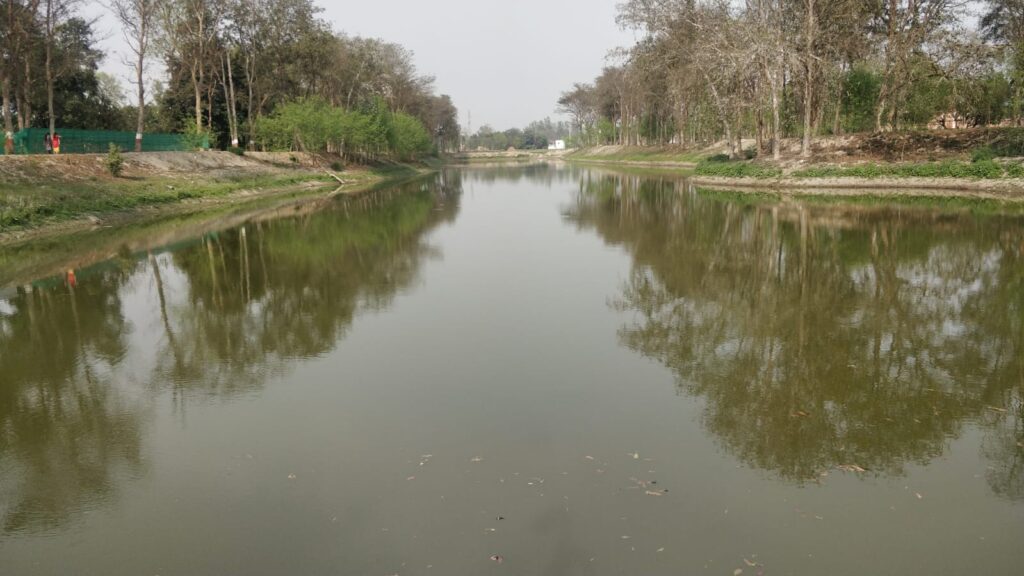
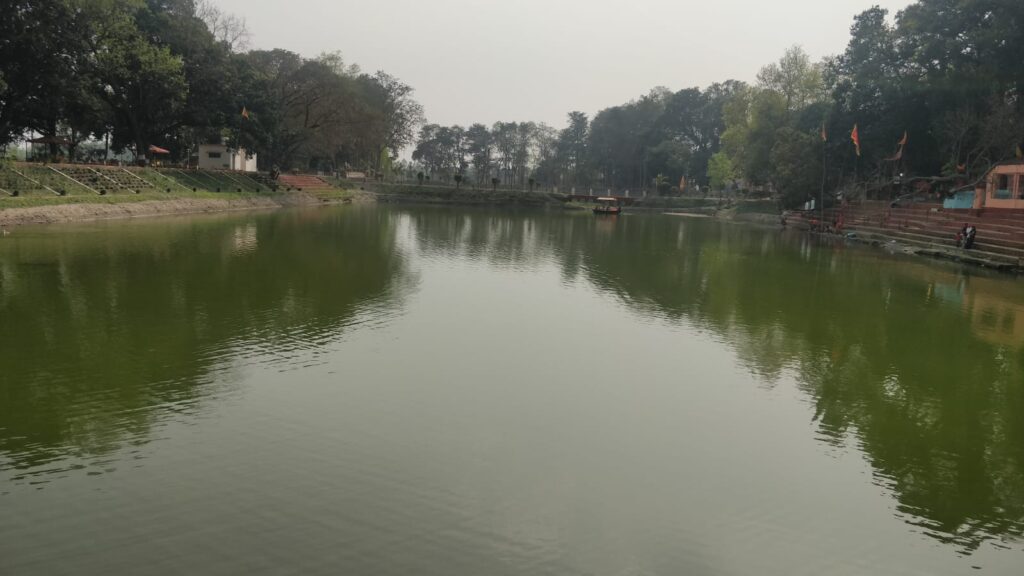
Booking Inquiry- pilibhittigerreserve.com/book-now/
Call – +91 9871350805
WhatsApp- https://wa.me/9871350805



